There is more than a bit of a sense of finality pervading this show of recent work by Georg Baselitz, who is now 86 years old. The title – ‘A Confession of My Sins’ – might imply the exposure of risqué material, but actually it announces a fragile but determined public instance of a great artist performing his own last rites in painted form. Baselitz has for some time worked with the canvas lying flat on the floor; he now uses a trolley that serves as both a walking frame and a container for brushes and paint pots. The outline of the trolley appears as paint spillage in several of the works on show, a vivid reminder of both the challenges and the determination involved in the painter’s commitment to his calling.
Physical vulnerability is also reflected in the imagery, with a large number of the canvases depicting frail seated figures. Several of these works are given titles referring to earlier artists whose studies of old age have a special authority for Baselitz – Whistler and Munch, in particular. Whistler’s 1871 portrait of his mother, seated and self-communing, has a brooding sense of isolation, as do many of Munch’s self-portraits. In Baselitz’s case, the figures usually come in pairs, male and female, but often they seem as detached from one another as they are from everything else.
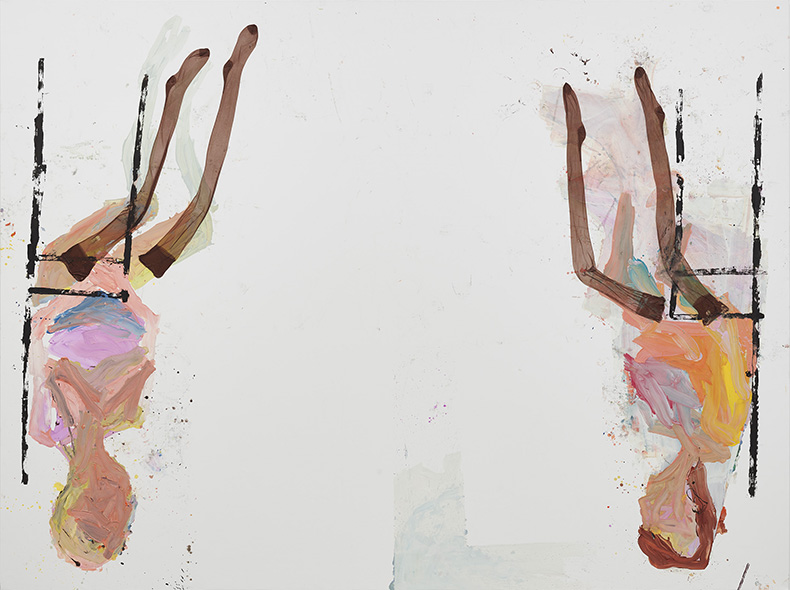
Was ist das (что это) (What’s That (что это)) (2023), Georg Baselitz. Photo: © White Cube/Theo Christelis; © Georg Baselitz
Images of seated figures appear in one canvas after another, but the figures themselves never seem to shift position. If this repetitiveness suggests a world of ever-shrinking scope, it is counterbalanced by the rest of the imagery in the show reaching out beyond the human. Deer, eagles, horses and cattle replace the sedentary people at regular intervals and loop back to the origins of Baselitz’s painting practice, and indeed of his life, in the rural hinterland of Deutschbaselitz in Saxony. The painter’s youth was spent among a series of dams and ponds that dictated his early subject matter, but also the very way he saw the world: upside down, as if reflected in water. The strength of his identification with this terrain can be gauged by his abandonment of his own family name, Kern, in favour of Baselitz. (And in the process of renaming himself, he chose to suppress the nationalist element: Deutsch.)
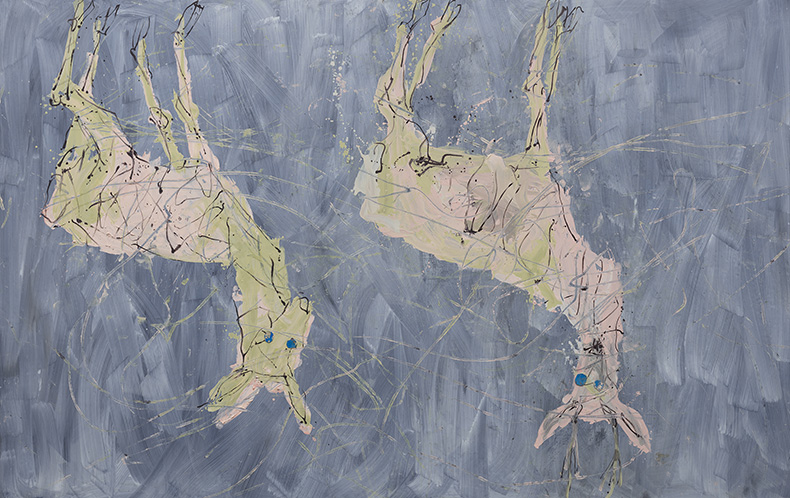
Blaue Augen Rehe (Blue Eyes Deer) (2023), Georg Baselitz. Photo: © White Cube/Theo Christelis; © Georg Baselitz
Baselitz decided early on in his practice to retain the figurative mode that was more or less mandatory in the East Germany of his childhood, but he subverted it by turning his stocky human figures upside down, rendering every mock-heroic stance absurd. Nonetheless the figures were hefty. This has all gone: the characters in this latest show are wasted; flesh and muscle are in retreat; the skin is slack. This feeling of dwindling strength is underlined by the large number of spidery drawings, in red or black ink, that greet visitors to this show. The long central corridor of White Cube Bermondsey is full of them. The execution is almost savagely cartoonish, which tends to exaggerate the frailty of the figures depicted and make them seem partially disembodied, even skeletal.
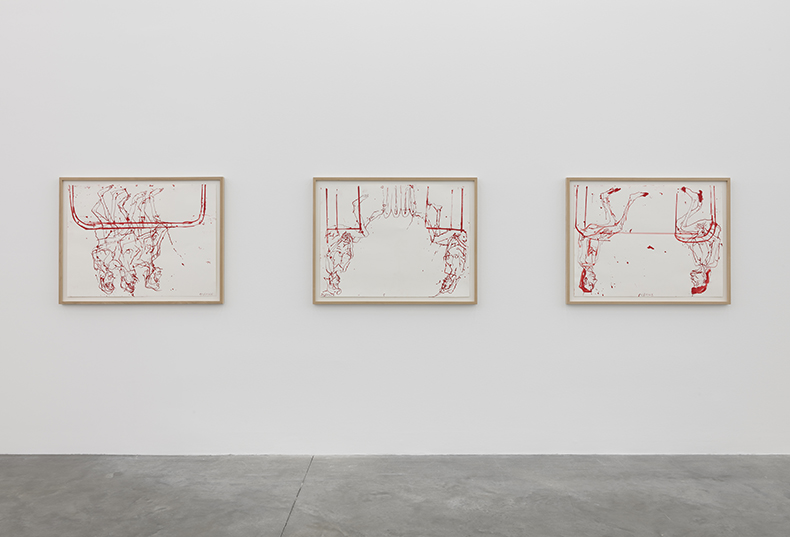
Installation view of ‘Georg Baselitz: A Confession of My Sins’ at White Cube Bermondsey. Photo: © White Cube/Theo Christelis; © Georg Baselitz
But move into the South Galleries, where the medium is mainly oil on canvas, and it is a very different story: the palette has become riotous. Here, similar figures glow with colour and almost leap into life – they remain seated with hands in laps, but the brushwork infuses them with energy. The contrast is purely performative. If Baselitz has always been a figurative artist, this does not mean that he is a realist. In his essay for the show’s catalogue, Martin Gayford emphasises the importance of Baselitz’s discovery of the work of Willem de Kooning in ‘The New American Painting’ exhibition in Berlin in 1958. De Kooning provided a figurative counterweight to the Abstract Expressionism that prevailed in that show and it was the chromatic intensity of his work that Baselitz was drawn to, instilling in him an aesthetic – which could be thought of as colour-field painting organised into figurative segments – that has survived in his work to the present day. The palette in Baselitz’s late works is especially vivid, with deep pinks and ceruleans calling to mind the artist’s long association with Italy, where he has a studio and where the award of a Villa Romana fellowship in 1965 allowed him to study the work of the Mannerists at first hand.
Perhaps the most remarkable aspect of this show is the extent to which its obsessive brooding over the same figures in decline, effectively trapped in the same arrangements, far from leading to a sense of inertia or abjection, in fact results in the constant reanimation of the spirit of painting. Like Pontormo, his favourite Mannerist, Baselitz manipulates the human figure to express the imaginative energy of the painter rather than the condition of his subjects.
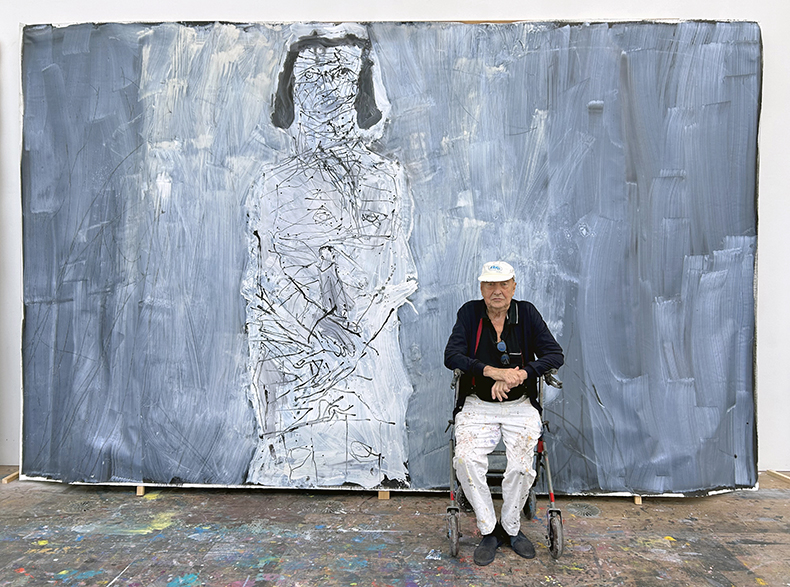
Portrait of Georg Baselitz. Courtesy White Cube; © Georg Baselitz
‘Georg Baselitz: A Confession of My Sins’ is at White Cube Bermondsey until 16 June.
Unlimited access from just $16 every 3 months
Subscribe to get unlimited and exclusive access to the top art stories, interviews and exhibition reviews.

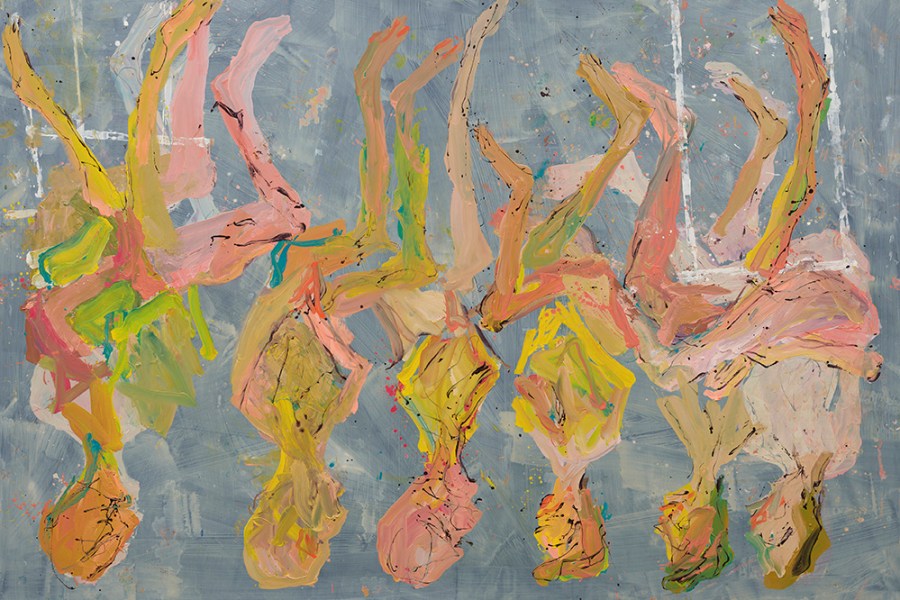

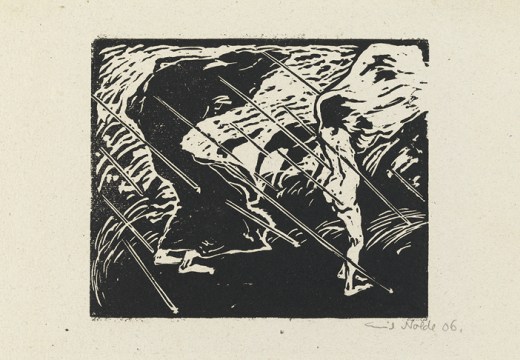
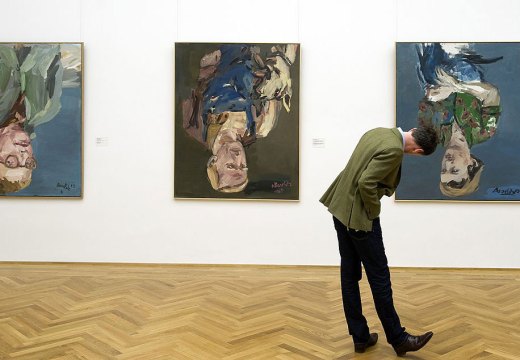









![Masterpiece [Re]discovery 2022. Photo: Ben Fisher Photography, courtesy of Masterpiece London](http://www.apollo-magazine.com/wp-content/uploads/2022/07/MPL2022_4263.jpg)
It’s time for the government of London to return to its rightful home